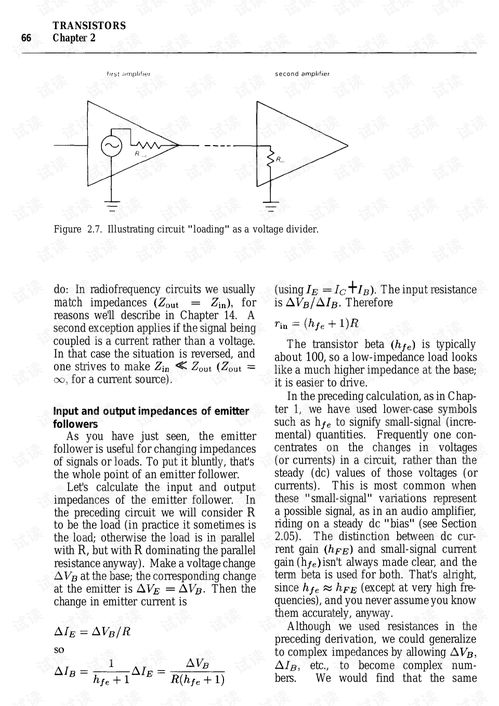Content:
Fishing with fermented barley has long been a traditional method in many cultures, prized for its effectiveness and simplicity. This ancient technique involves the use of fermented barley as bait, which is believed to attract fish due to its unique aroma and taste. If you're looking to enhance your fishing experience with this age-old method, here are some expert tips and techniques to help you master the art of fishing with fermented barley.
Understanding Fermented Barley
Before diving into the fishing techniques, it's essential to understand what fermented barley is and how it works. Fermented barley is simply barley that has been soaked in water and allowed to ferment. This process creates a paste-like substance that is rich in sugars and enzymes, which are highly attractive to fish.
Preparation of Fermented Barley
To prepare fermented barley, follow these steps:
Select the Right Barley: Choose a high-quality barley that is suitable for fermentation. The best type is typically pearl barley, which is easier to ferment and has a more potent aroma.
Soak the Barley: Place the barley in a clean container and cover it with water. Let it soak for about 12 hours, or until it has doubled in size.
Ferment the Barley: After soaking, drain the water and add a small amount of sugar or yeast to the barley. This will help to kickstart the fermentation process. Cover the container and let it sit at room temperature for 24 to 48 hours, or until the mixture has a slightly sour smell and a paste-like consistency.
Store the Fermented Barley: Once the barley is fermented, store it in the refrigerator. It can be kept for several weeks, making it a convenient option for anglers.
Choosing the Right Equipment
To effectively fish with fermented barley, you'll need the right equipment:
Hook Size: Use a hook that is appropriate for the type of fish you're targeting. For larger fish, a larger hook is recommended.
Line and Leader: Choose a strong line that can withstand the pressure of larger fish. A monofilament line is often preferred for its flexibility and strength.
Rod and Reel: Select a rod and reel that match the weight of your hook and line. A medium-heavy rod is usually sufficient for most fishing situations.
Fishing Techniques

Now that you have your fermented barley and equipment ready, here are some techniques to help you catch more fish:
Worming the Hook: To use fermented barley as bait, you need to worm the hook. This involves wrapping a small amount of the fermented barley paste around the hook, ensuring that it's securely attached but not too bulky.
Drop Shot Technique: This technique involves casting your line out and then gently lowering the bait to the bottom. It's particularly effective for species that are bottom feeders.
Jigging Technique: For species that are more active and feed in the water column, the jigging technique can be effective. This involves moving the bait up and down in the water to mimic the movement of prey.
Patience is Key: When using fermented barley, it's important to be patient. Fish may take some time to notice the bait, so it's crucial to stay still and wait for the bite.
Adjusting the Bait: If you're not getting bites, try adjusting the amount of bait on the hook. Sometimes, less is more, and a smaller amount of fermented barley can be more effective.
Reading the Water: Pay attention to the water conditions. Fish may be more active during certain times of the day or in specific areas of the lake or river. Observe the water and adjust your technique accordingly.
Conclusion
Fishing with fermented barley is an art that requires patience, practice, and a keen understanding of the fish you're targeting. By following these expert tips and techniques, you'll be well on your way to mastering the art of fishing with this traditional bait. So, don your fishing gear, prepare your fermented barley, and get ready to enjoy a rewarding day on the water. Happy fishing!












